Not exactly sure what genus/species these are, maybe Ferocactus spp.?

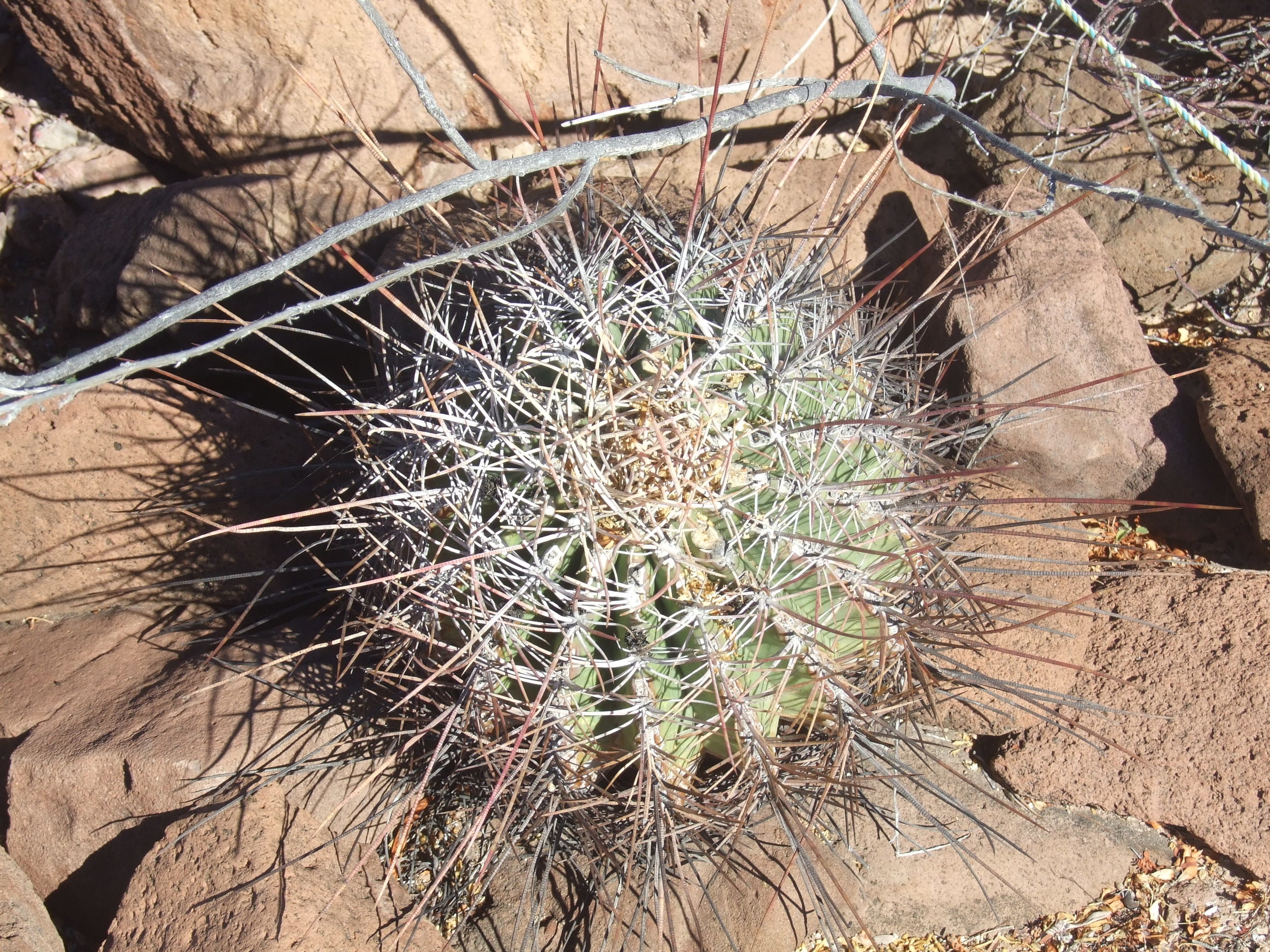
Not exactly sure what genus/species these are, maybe Ferocactus spp.?




micro-orchid
Found this very-small orchid on a fallen branch in the National Park on the way to Gamboa, lowland, dry tropical forest.
Turks & Caicos native orchid, incredibly fragrant flowers on a chest-high spike, can be found growing on the edge of the beach in sand and limestone. The photo that I took (below) was used at www.orchidspecies.com, an incredible and extensive resource documenting the orchid species of the world.
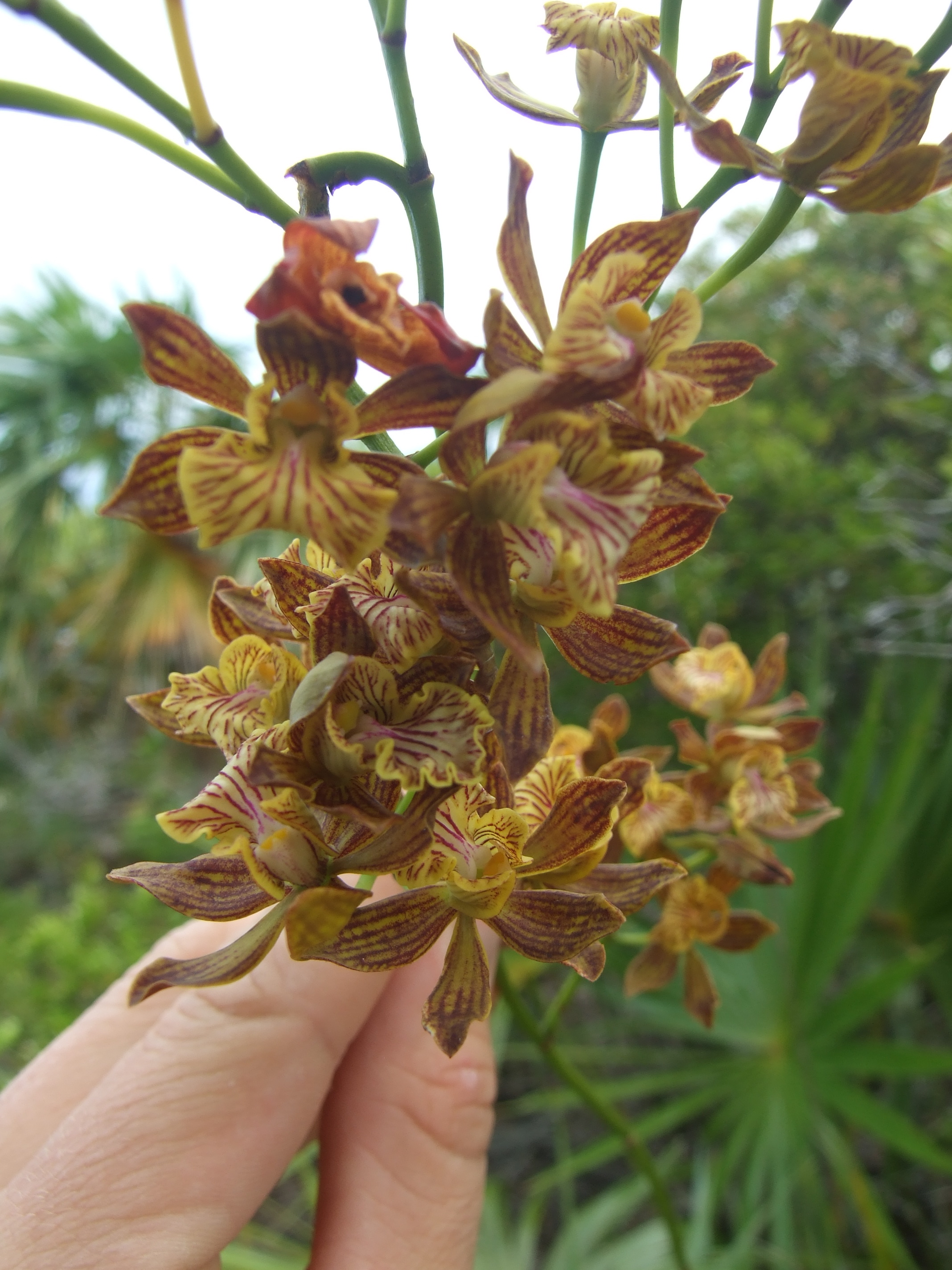
I'm pretty sure these are P. quinata trees, the photo was taken on a beach off the Caribbean coast of Panama. This is a fairly common tree in the area, its wood highly prized for its durability, widely used to make chairs, doors and other such craft.
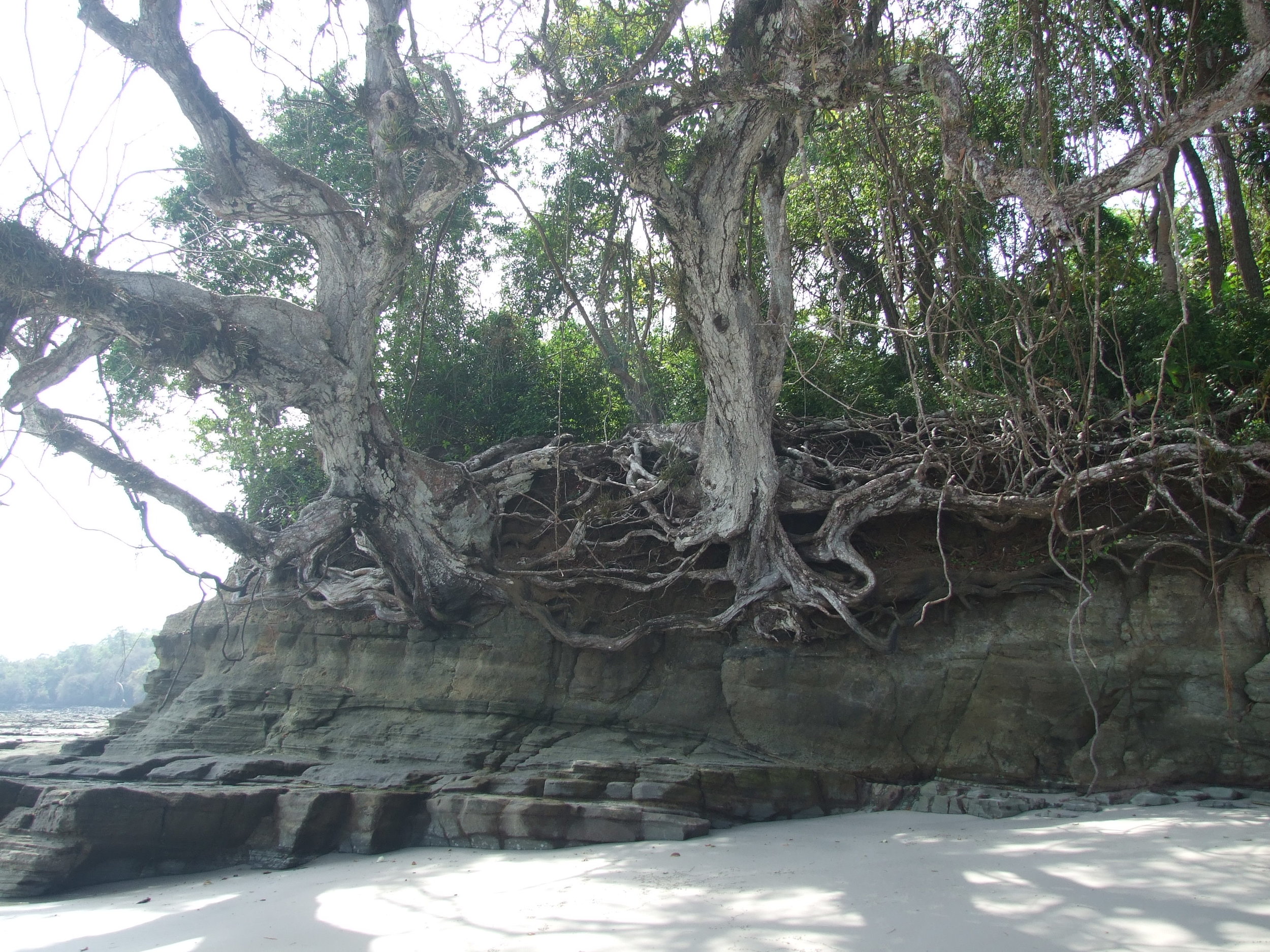


Palo Verde grow as a large bush or small to medium size tree. It has smooth, greenish photosynthetic bark. There are numerous species of Cercidium (sonorae, praecox, peninsulare), which can are referred to variously as Palo Verde, Palo Estribo, and Dipua. There is some confusion amongst the layperson as to what, exactly, this differentiation is. Thus, to such individuals, all Cercidium species are thought to be "Palo Verde". This, of course, is not the case. The below photos are of Cercidium microphyllum, which can be distinguished from other Cercidium species by the lack of nodal thorns. Instead of nodal thorn thorns the tree has closely crowded spiny branchlet tips in broom-like arrangements.

Natives of the area used to (and probably still do to an extent) shell, toast and grind the seeds to store for winter sustenance. Reportedly, unless the seeds are fully ripe when harvested, dried and processed, they can cause severe diarrhea. The upper branches have been known to be used as a forage for mules, horses and burros (donkeys).

I found this Tabernamontana on an island off the northern caribbean coast of Panama.
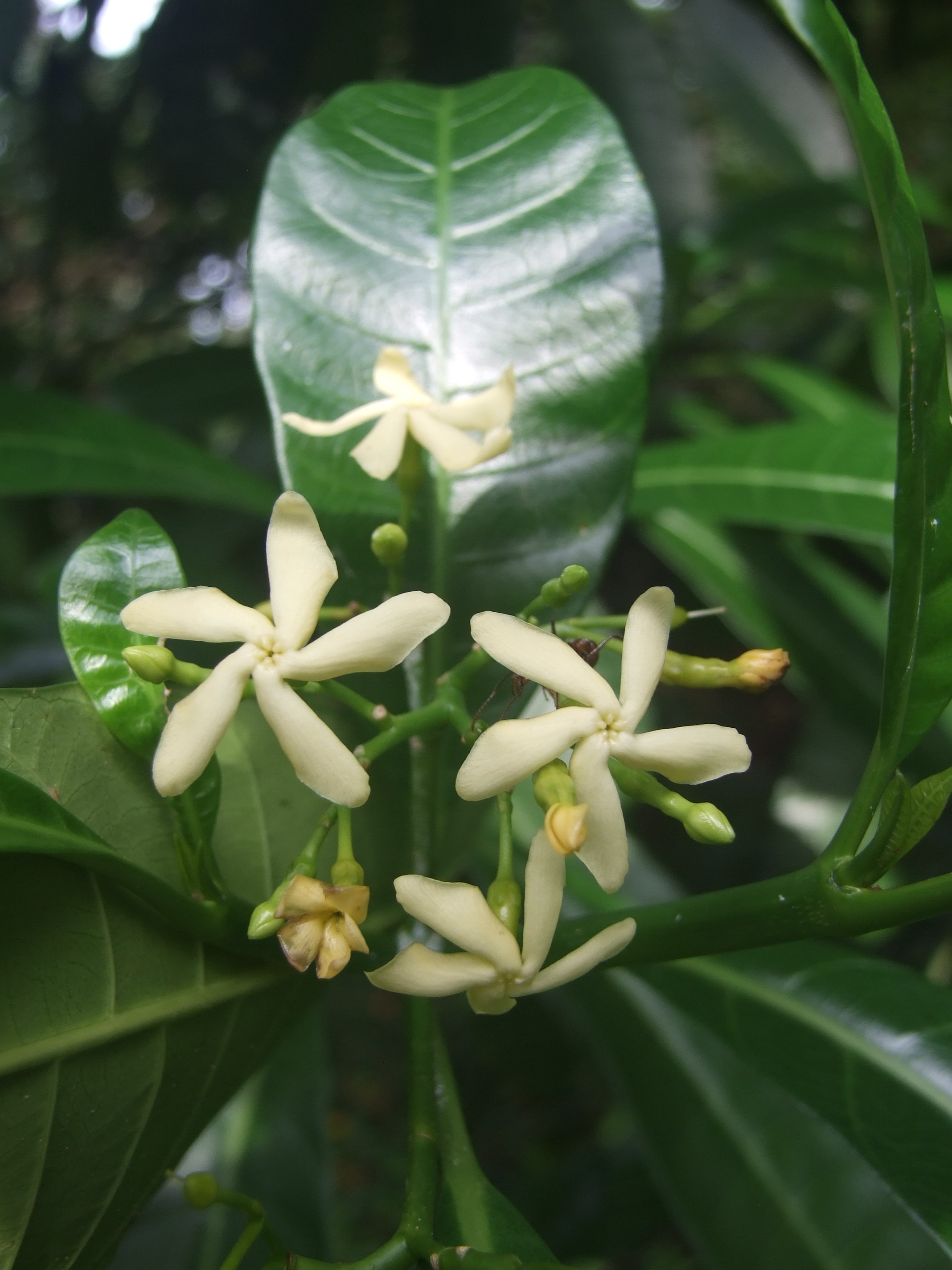
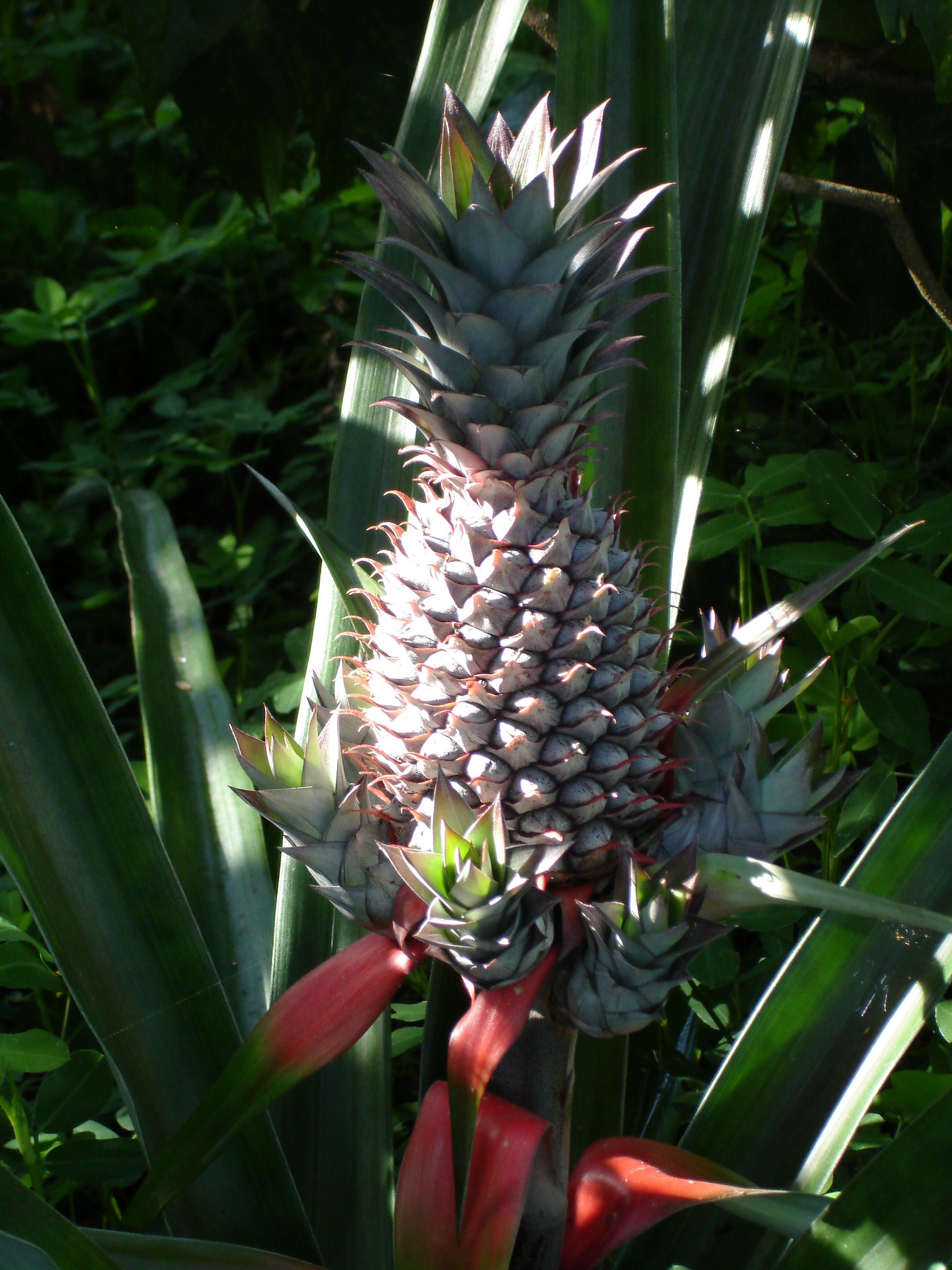 Pineapple is technically a perennial herb, native to the lowlands of northern South America. The pineapple has been cultivated thereabouts since pre-Colombian times. It first spread to Central America and was then introduced to the rest of the tropical world by the Portuguese and Spanish.
Pineapple is technically a perennial herb, native to the lowlands of northern South America. The pineapple has been cultivated thereabouts since pre-Colombian times. It first spread to Central America and was then introduced to the rest of the tropical world by the Portuguese and Spanish.
A dry, tropical climate is ideal for Pineapple production. The fruit is very drought-resistant but sensitive to frosts, therefore best grown in lowland regions near the sea. The pineapple has no seed and is propagated by the spiky crown that grows out the top of the fruit.
The fruit contains a mixture of protein-digesting enzymes that is used in treating inflammation and swelling (post-traumatic and post-operative oedemas). The strong leaf fibers are used in the textile industry. In Panama, indigenous populations use the fiber of an undomesticated, longer-leafed, native pineapple variety.